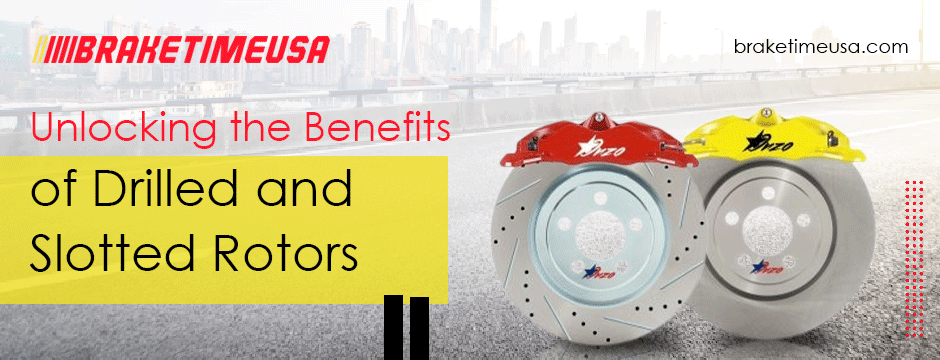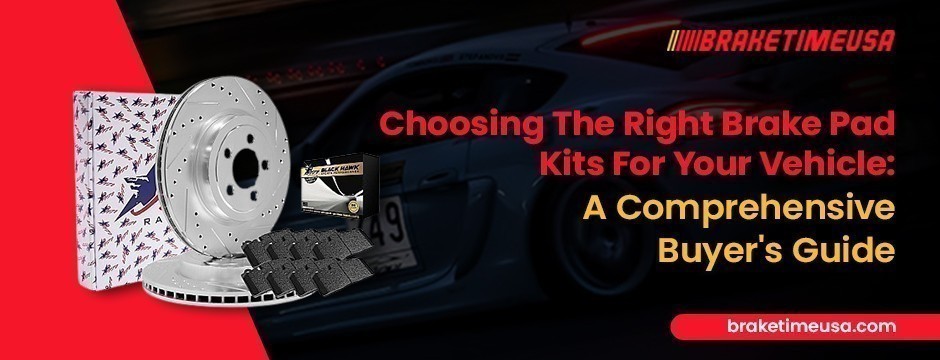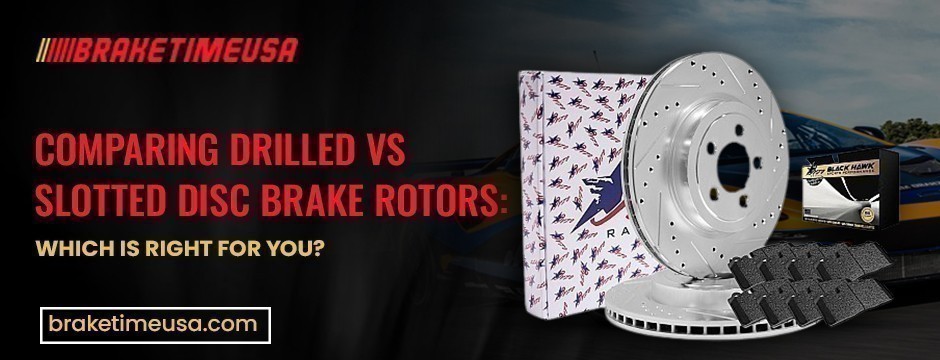Your cart is empty
Subtotal:$0.00
When it comes to ensuring a safe and smooth driving experience, the performance of your vehicle's braking system is paramount. One crucial decision every car owner faces is choosing between ceramic vs metallic brake pads. These two types of brake pads have been in a perpetual showdown, each boasting its own unique set of advantages and disadvantages. In this comprehensive guide, we will delve into the nuances of ceramic vs. metallic brake pads to help you make an informed decision and ensure your vehicle's braking system meets your specific needs.
Before diving into the intricacies of ceramic and metallic brake pads, let's establish a fundamental understanding of how brakes work. Brake pads are essential components of the braking system, responsible for generating the friction needed to slow down or stop a vehicle. They are sandwiched between the brake caliper and the brake rotor, creating the necessary friction to convert kinetic energy into heat and bring the vehicle to a halt.
Ceramic brake pads have gained popularity for their ability to deliver a quieter and smoother braking experience. Composed of a blend of ceramic materials, these pads are known for their low noise output and reduced dust production. The unique composition of ceramic brake pads provides several advantages, making them an attractive choice for many drivers.
Quieter Operation: One of the primary advantages of ceramic brake pads is their silent performance. Unlike their metallic counterparts, ceramic pads produce less noise during braking, contributing to a quieter ride and a more enjoyable driving experience.
Reduced Dust: Ceramic brake pads generate significantly less brake dust compared to metallic ones. This keeps your wheels cleaner and reduces the maintenance required to keep your vehicle looking its best.
Less Heat Transfer: Ceramic brake pads are known for their ability to dissipate heat efficiently. This characteristic helps maintain consistent braking performance and prevents brake fade during prolonged or intense braking situations.
However, it's essential to note that ceramic brake pads also have some limitations. They can be more expensive than metallic options, and their performance might vary depending on the specific driving conditions.
In the context of ceramic vs. metallic brake pads, metallic brake pads, on the other hand, have a long-standing reputation for their durability and robust performance. Comprising a mix of metals such as copper, iron, and steel, these brake pads are often chosen for their ability to handle high-stress situations and provide consistent stopping power.
High Thermal Conductivity: Metallic brake pads excel in high-temperature environments, making them suitable for heavy-duty applications. This high thermal conductivity helps prevent brake fade, ensuring reliable performance even during intense braking scenarios.
Cost-Effective: Metallic brake pads are generally more budget-friendly than ceramic options. This makes them an attractive choice for drivers looking for a cost-effective solution without compromising on performance.
Versatility: Metallic brake pads are versatile and well-suited for a wide range of driving conditions. Whether you are navigating city streets, highways, or challenging terrains, metallic brake pads offer reliable and consistent braking performance.
Despite their advantages, metallic brake pads are not without drawbacks. They tend to produce more noise and can result in increased brake dust, which may impact the cleanliness of your wheels and surrounding components.
Choosing between ceramic vs metallic brake pads ultimately boils down to your driving preferences, priorities, and the specific conditions you encounter on the road.
Everyday Commuting and City Driving: If you primarily use your vehicle for daily commuting or city driving, where noise and brake dust are significant concerns, ceramic brake pads may be the ideal choice. Renowned for their silent operation and minimal dust production, ceramic pads contribute to a more serene driving experience. This enhances comfort and maintains a cleaner, more aesthetically pleasing appearance on your wheels.
High-Performance and Heavy-Duty Applications: On the other hand, if you engage in high-performance driving or frequently navigate challenging terrains, metallic brake pads may be more suitable. Recognized for their capability to handle higher temperatures and provide consistent stopping power, metallic pads emerge as a reliable choice for demanding conditions. The durability and resilience of metallic pads ensure optimum performance during rigorous driving scenarios.
Budget Considerations: The budget is often a crucial factor in decision-making. If you are looking for a cost-effective solution without compromising on performance, metallic brake pads may be a more attractive option. With their economical pricing, metallic pads deliver a balance between affordability and functionality, making them an appealing choice for budget-conscious drivers seeking reliable braking performance.
Environmental Concerns: For environmentally conscious drivers, ceramic brake pads may be preferable due to their lower dust production. The reduced dust not only contributes to cleaner air within the cityscape but also lessens the overall environmental impact. Opting for ceramic pads aligns with eco-friendly practices, promoting a more sustainable driving choice that prioritizes environmental well-being.
In the showdown between ceramic vs metallic brake pads, there is no one-size-fits-all solution. Each type has its own strengths and weaknesses, catering to different driving preferences and conditions. Before deciding, it's essential to assess your driving habits, budget constraints, and priorities.
If a quieter and cleaner driving experience is your top priority, ceramic brake pads may be the ideal choice. On the other hand, if you require durability and consistent performance in high-stress situations, metallic brake pads might be a better option. Ultimately, the ultimate showdown for quieter, smoother braking performance is a personal one. By weighing the pros and cons of ceramic vs. metallic brake pads, you can make an informed decision that aligns with your specific needs and ensures the safety and performance of your vehicle's braking system. To buy high-performing brake kits for ultimate stopping power, choose BrakeTime.
 Mar 27, 2024Unlocking the Benefits of Drilled and Slotted Rotors
Mar 27, 2024Unlocking the Benefits of Drilled and Slotted Rotors Mar 22, 2024Choosing The Right Brake Pad Kits For Your Vehicle: A Comprehensive Buyer's Guide
Mar 22, 2024Choosing The Right Brake Pad Kits For Your Vehicle: A Comprehensive Buyer's Guide Mar 18, 2024Exploring Different Types of Rear Brake Rotors
Mar 18, 2024Exploring Different Types of Rear Brake Rotors Mar 6, 2024Comparing Drilled vs. Slotted Disc Brake Rotors: Which Is Right for You?
Mar 6, 2024Comparing Drilled vs. Slotted Disc Brake Rotors: Which Is Right for You?
 Feb 5, 2024Comprehensive Guide on How To Check Brake Pads and Rotors for Optimal Maintenance
Feb 5, 2024Comprehensive Guide on How To Check Brake Pads and Rotors for Optimal Maintenance© 2023 - 2024 Braketimeusa. All rights reserved.
